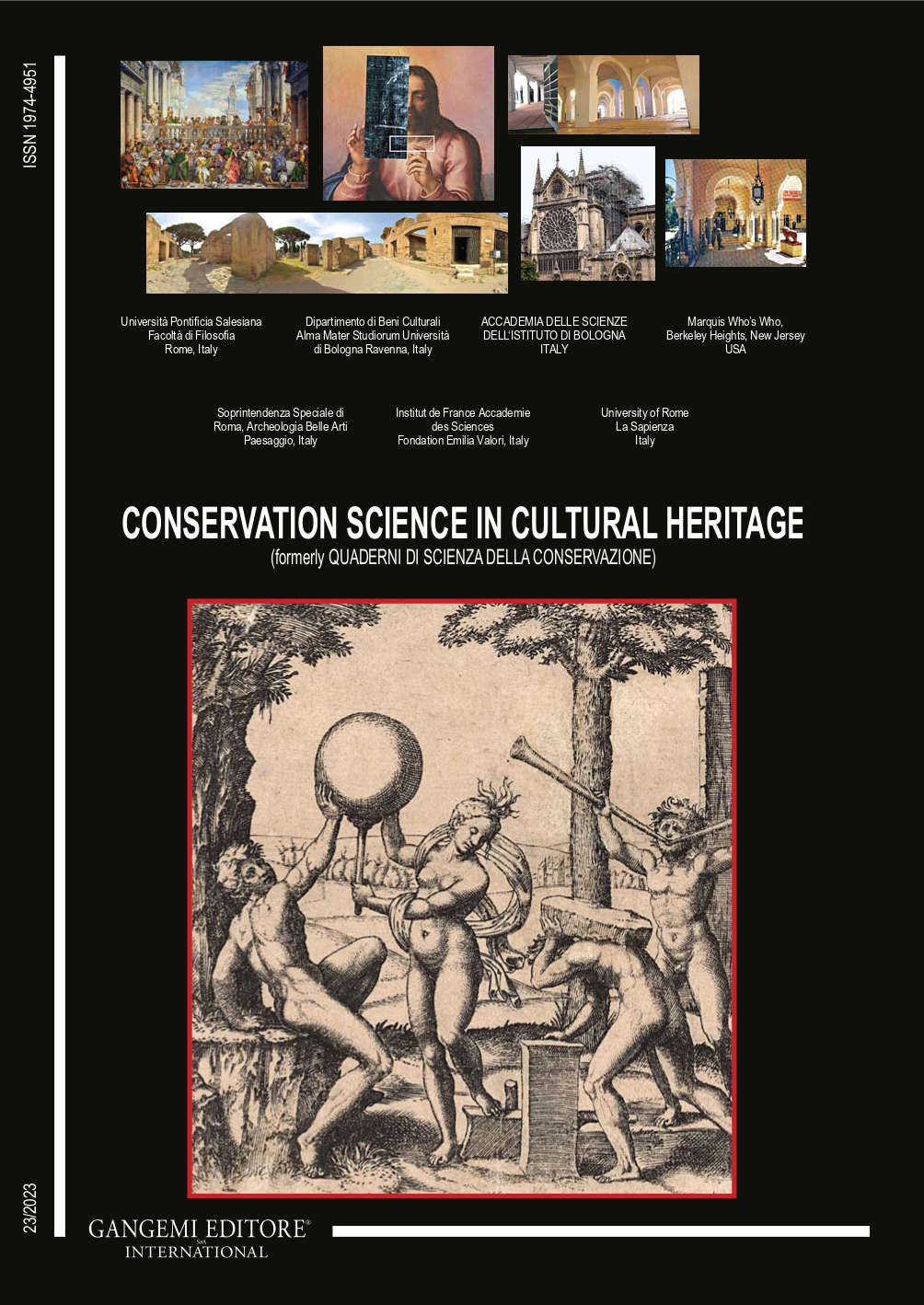Digitally documenting built heritage using T. L. Scanning. The Mai Eidaan Courtyard, Lahore, Pakistan
DOI:
https://doi.org/10.6092/issn.1973-9494/20051Keywords:
digital documentation, TLS, Mai Eidaan Courtyard, conventional model, virtual modelAbstract
This study uses a Terrestrial Laser Scanner (TLS), focusing on the Mai Eidaan Courtyard in Lahore, Pakistan, to present a systematic approach to digitally documenting historical monuments and urban built heritage. The architectural and urban heritage is facing accumulative pressure regarding the sustainable development of historic cities. The preservation of cultural heritage is becoming an urgent task for the conservation community if it wants to ensure it survives for generations. The case study is located in the historic center of Lahore. It comprises great historical value, serving as a noteworthy example of adaptive reuse within a historical context and attracting high tourist interest. Using a systematic methodology, this study evaluates the efficacy of TLS in documenting intricate architectural details and spatial characteristics, thereby contributing to the broader discourse on digital preservation strategies for historic urban environments. The methodology integrates terrestrial laser scanning (TLS) as an emerging remote survey data collection tool for mapping systems and documenting the monuments. Heritage documentation and virtual modeling play crucial roles in identifying, protecting, and preserving historic structures, enabling monitoring and maintenance, and providing multi-layered information necessary for conservation efforts. Overall, this research aims to bridge gaps in the literature on digital heritage documentation and highlights the significance of interdisciplinary collaboration for safeguarding urban-built heritage for future generations.
Downloads
Published
How to Cite
Issue
Section
License
Copyright (c) 2023 Asia Jabeen, Shama Anbrine, Neelum Naz, Yusuf Awan

This work is licensed under a Creative Commons Attribution 3.0 Unported License.





